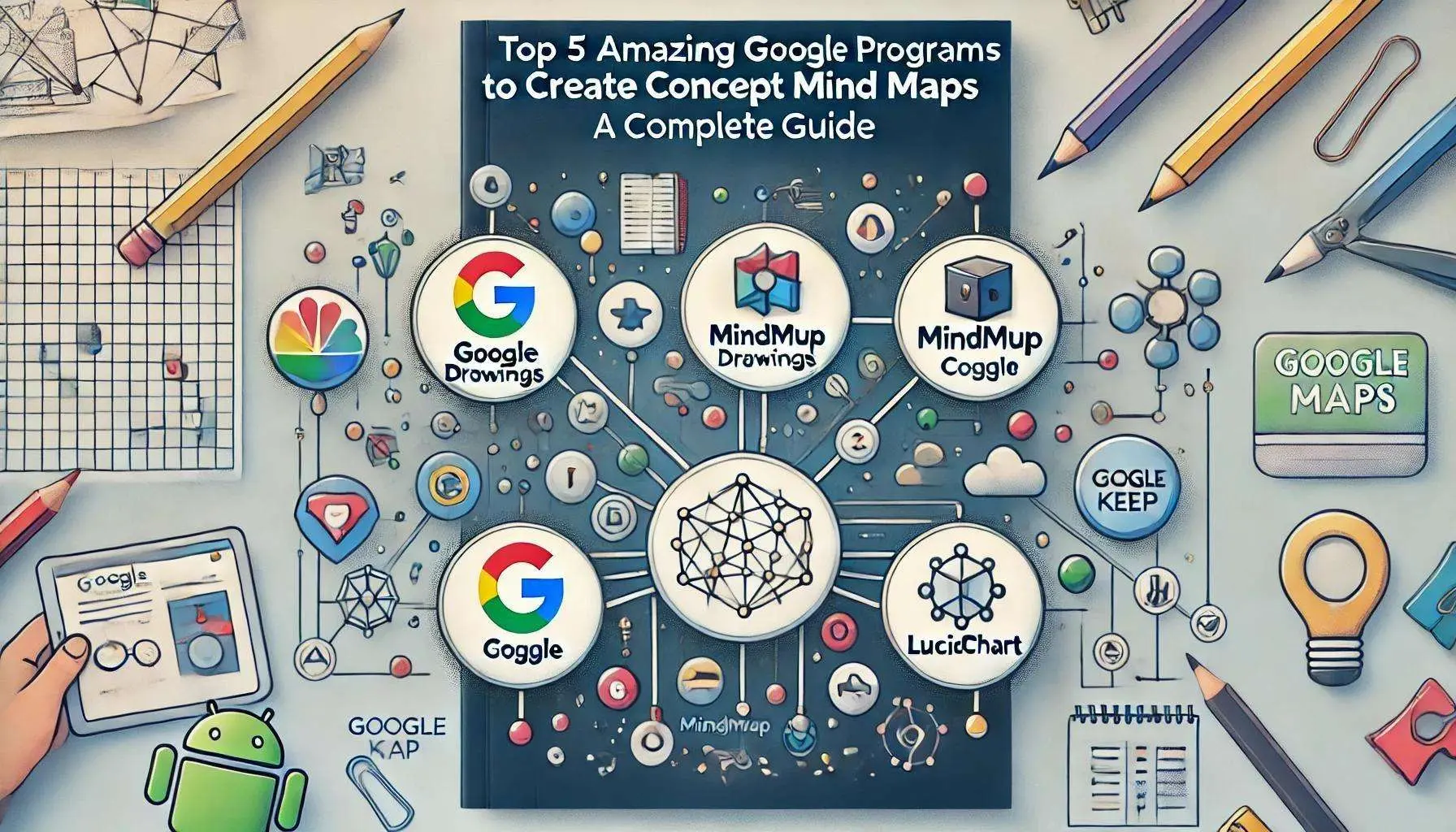
Top 5 Amazing Google Programs to Create Concept Mind Maps: A Complete Guide
A guide to the top 5 Google programs for creating concept mind maps, highlighting their features, benefits, and use cases.
Education Consultant
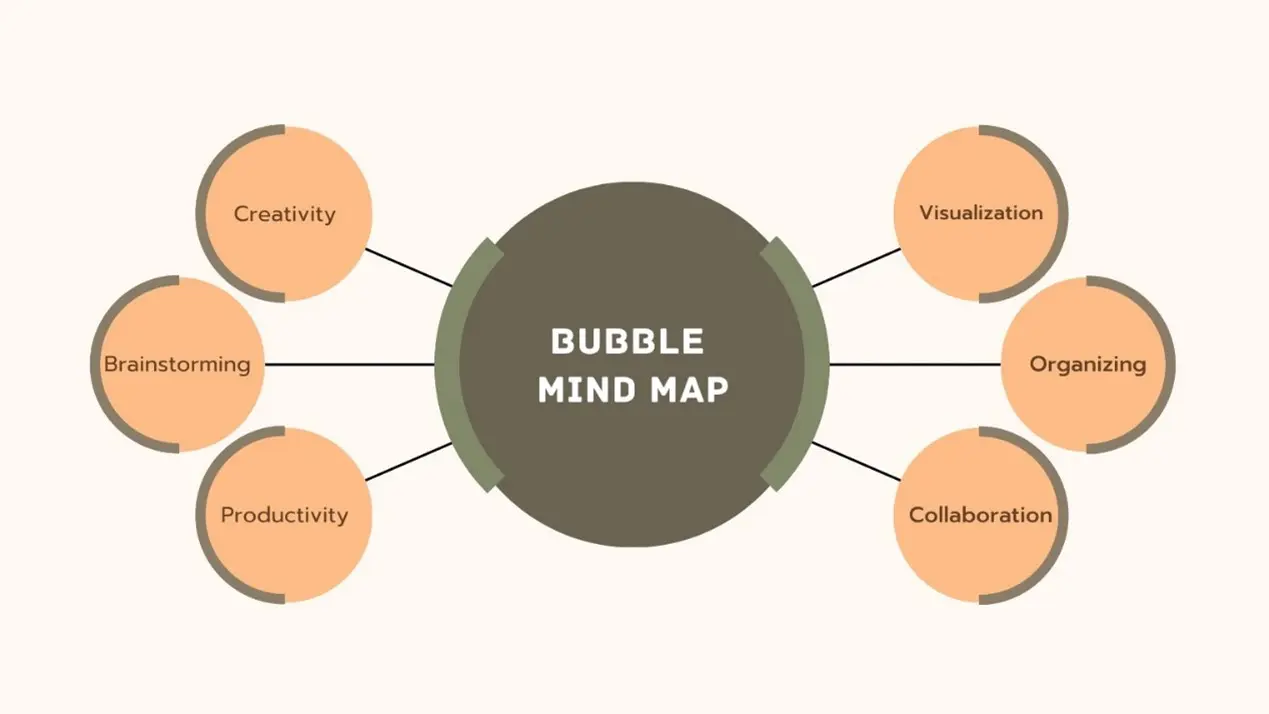
Bubble maps are an incredible tool for visual thinkers, helping to organize ideas, brainstorm effectively, and present information in a clear and engaging way. Whether you’re a student, professional, or creative thinker, learning how to create a bubble map can transform the way you approach problem-solving and idea generation. In this guide, we’ll walk you through the seven amazing steps to create a powerful bubble map that will elevate your thinking and communication skills.
Before diving into the creation process, it’s crucial to grasp the purpose of a bubble map and why it’s such an effective tool for visual thinkers. A bubble map is a type of graphic organizer that uses circles, or “bubbles,” to display relationships between concepts in a visually engaging way. The central idea is positioned in the middle bubble, with related ideas or attributes radiating outwards, each in its own bubble connected to the center.
But what makes a bubble map so powerful? It’s the way it allows for a multi-dimensional view of information, which is especially useful in various contexts such as brainstorming, conceptual understanding, and decision-making. Let’s explore these applications in more detail.
Brainstorming sessions can often be chaotic, with a flood of ideas coming from different angles. A bubble map serves as an anchor during this creative storm, helping to capture and organize thoughts in real-time. By placing the central theme in the middle and surrounding it with related ideas, a bubble map provides a structured yet flexible framework.
This visual approach to brainstorming:
Complex concepts can be overwhelming, especially when trying to grasp all their components at once. A bubble map helps by breaking these concepts down into smaller, more digestible pieces, making it easier to understand and analyze each part.
This breakdown process is valuable because:
When faced with important decisions, particularly those involving multiple variables, a bubble map can be an invaluable tool for visualizing your options. It allows you to map out the pros and cons of each choice, providing a clear visual comparison that aids in the decision-making process.
Here’s why this is effective:
· Clarifies Choices: A bubble map makes it easier to see the full picture by laying out all options and their associated factors in a single, organized visual space. This comprehensive view helps you to weigh the potential benefits and drawbacks of each choice.
· Highlights Key Factors: By visually grouping pros and cons around each option, a bubble map allows you to quickly identify which factors are most critical to your decision. You can prioritize what matters most, ensuring that your decision is aligned with your goals and values.
· Reduces Decision Fatigue: When faced with too many options, decision fatigue can set in, leading to poor choices or indecision. A bubble map simplifies the process by organizing information logically, reducing cognitive load and making the decision-making process more straightforward.
For example, if you’re considering a career change, you could place “Career Change” in the central bubble and create bubbles for different job options. From each job option, you could branch out into pros (such as higher salary, better work-life balance) and cons (such as longer commute, less job security). This visual representation helps you to compare and contrast your options more effectively, leading to a well-informed decision.

Source: kamiapp
Creating a bubble map can be done using various tools, both digital and analog. The tool you choose will depend on your preferences and the context in which you’re working.
· Digital Tools: Software like MindMeister , XMind, or Canva offers pre-designed templates and easy-to-use interfaces for creating professional-looking bubble maps. These tools are great for collaboration and sharing your maps with others.
· Analog Tools: Sometimes, a simple pen and paper can be just as effective. Drawing a bubble map by hand can be a more tactile and creative experience, especially during brainstorming sessions.
Choosing the right tool will set the foundation for an efficient and enjoyable mapping process.
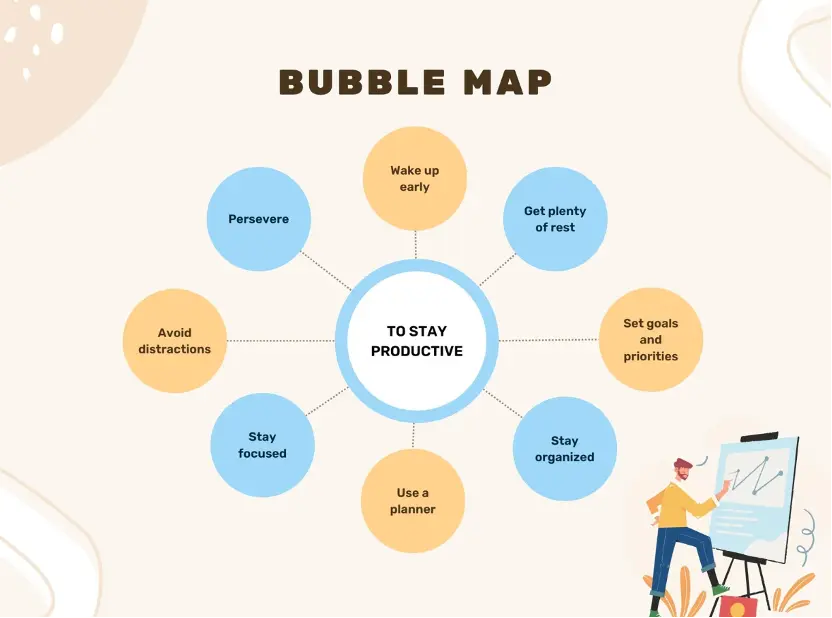
Source: Canva
Every bubble map starts with a central idea. This is the main concept that you want to explore or develop further. The central idea should be broad enough to encompass several related ideas but focused enough to provide a clear direction for your map.
Example: If you’re creating a bubble map for a marketing campaign, your central idea might be “Customer Engagement Strategies.” From here, you can branch out into specific tactics like “Social Media Campaigns,” “Email Marketing,” and “Content Creation.”
By clearly defining your central idea, you create a focal point that guides the rest of your map.
Once your central idea is established, it’s time to brainstorm related ideas. These ideas will become the secondary bubbles in your map, each connected to the central bubble.
Here’s a powerful tip: Don’t censor your thoughts during this phase. Write down everything that comes to mind, no matter how big or small. This free-flowing brainstorming will allow you to uncover connections and ideas that might otherwise go unnoticed.
Example: For the central idea “Customer Engagement Strategies,” related ideas could include “Interactive Content,” “Personalized Emails,” “Loyalty Programs,” and “Customer Feedback.”
This step is where creativity shines, and the map begins to take shape.
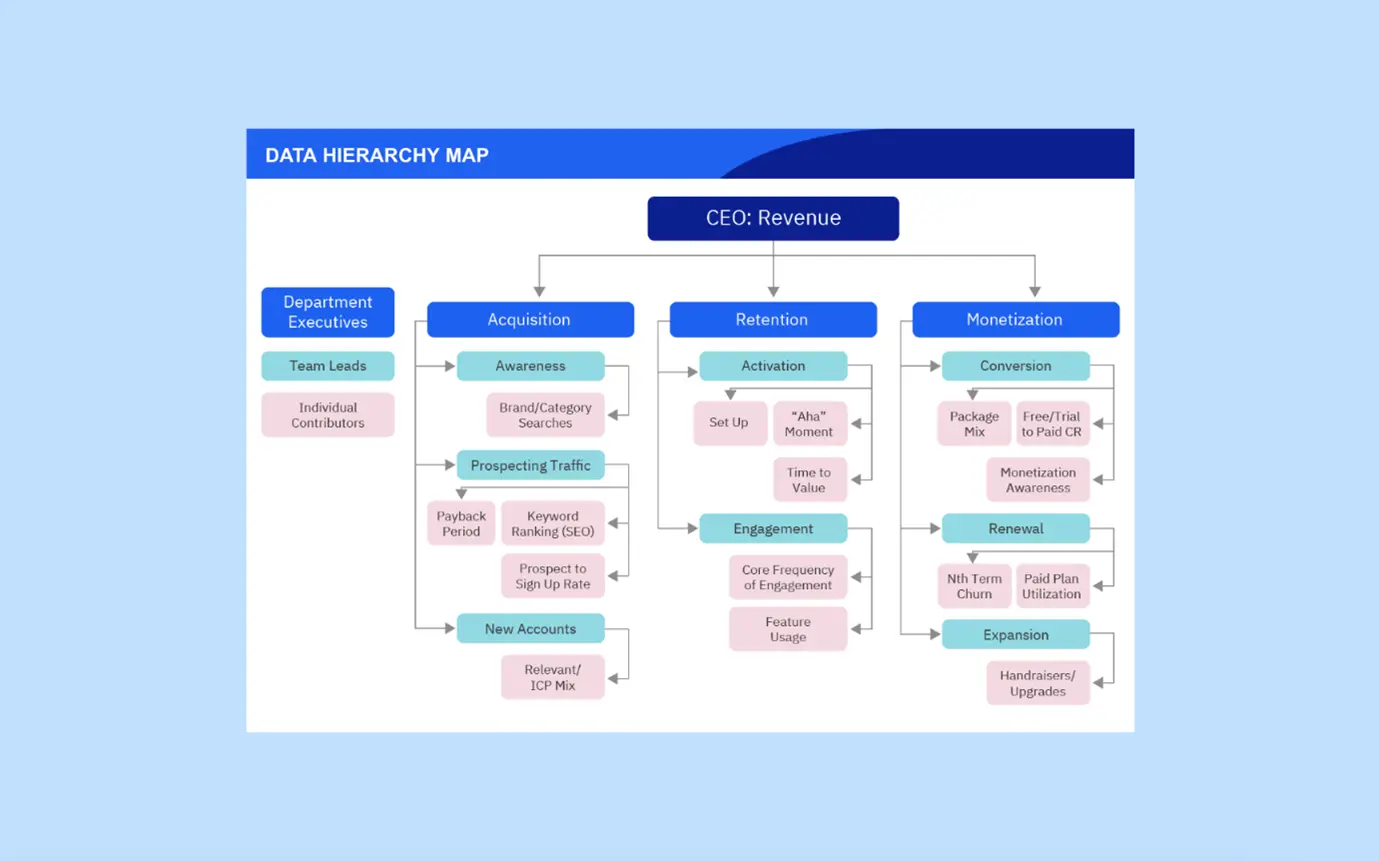
(Source: nicepng)
After brainstorming, you’ll likely have a large number of ideas. The next step is to organize these ideas into a coherent structure.
· Group Similar Ideas: Combine related concepts into broader categories. For instance, “Social Media Campaigns” and “Influencer Partnerships” might be grouped under “Digital Marketing.”
· Prioritize Key Concepts: Determine which ideas are most important or relevant to your central idea. These should be placed closest to the central bubble, with less critical ideas placed further out.
By organizing and prioritizing your ideas, you create a bubble map that is both clear and effective.
One of the most amazing aspects of bubble maps is their visual appeal. Enhancing your map with colors, images, and symbols can make it more engaging and easier to understand.
· Use Colors: Different colors can be used to distinguish between categories or to highlight key ideas. For example, you might use red for high-priority items and blue for secondary ideas.
· Incorporate Images: Adding relevant images or icons can make your bubble map more visually interesting and help convey ideas more effectively.
· Vary Bubble Sizes: The size of the bubbles can indicate the importance of different ideas, with larger bubbles representing more critical concepts.
Visual elements not only make your map more attractive but also enhance comprehension and retention.
The final step in creating a powerful bubble map is to review and refine it. Look over your map to ensure that it accurately represents your ideas and that the connections between bubbles make sense.
Ask yourself:
· Does the map clearly convey the central idea?
· Are the relationships between ideas logical and easy to follow?
· Is there a balance between creativity and clarity?
Refining your bubble map ensures that it serves its purpose effectively, whether that’s for personal use, presentation, or collaboration.
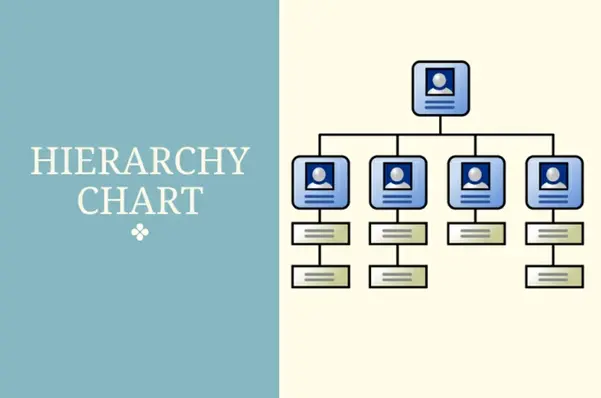
Source: miro.com
Creating a bubble map is an amazing way to organize your thoughts, brainstorm new ideas, and communicate complex information in a visually engaging manner. By following these seven steps, you’ll be able to craft powerful bubble maps that not only clarify your thinking but also inspire others. Remember, the key to a successful bubble map is in the process—understanding your central idea, brainstorming freely, and then organizing and refining your thoughts into a cohesive visual representation. Whether you’re new to bubble maps or looking to enhance your skills, this guide provides everything you need to get started. So, why not give it a try? The next time you’re faced with a complex problem or a need for creative brainstorming, reach for a bubble map. You might just discover an amazing new way to think and communicate!

A guide to the top 5 Google programs for creating concept mind maps, highlighting their features, benefits, and use cases.
Education Consultant
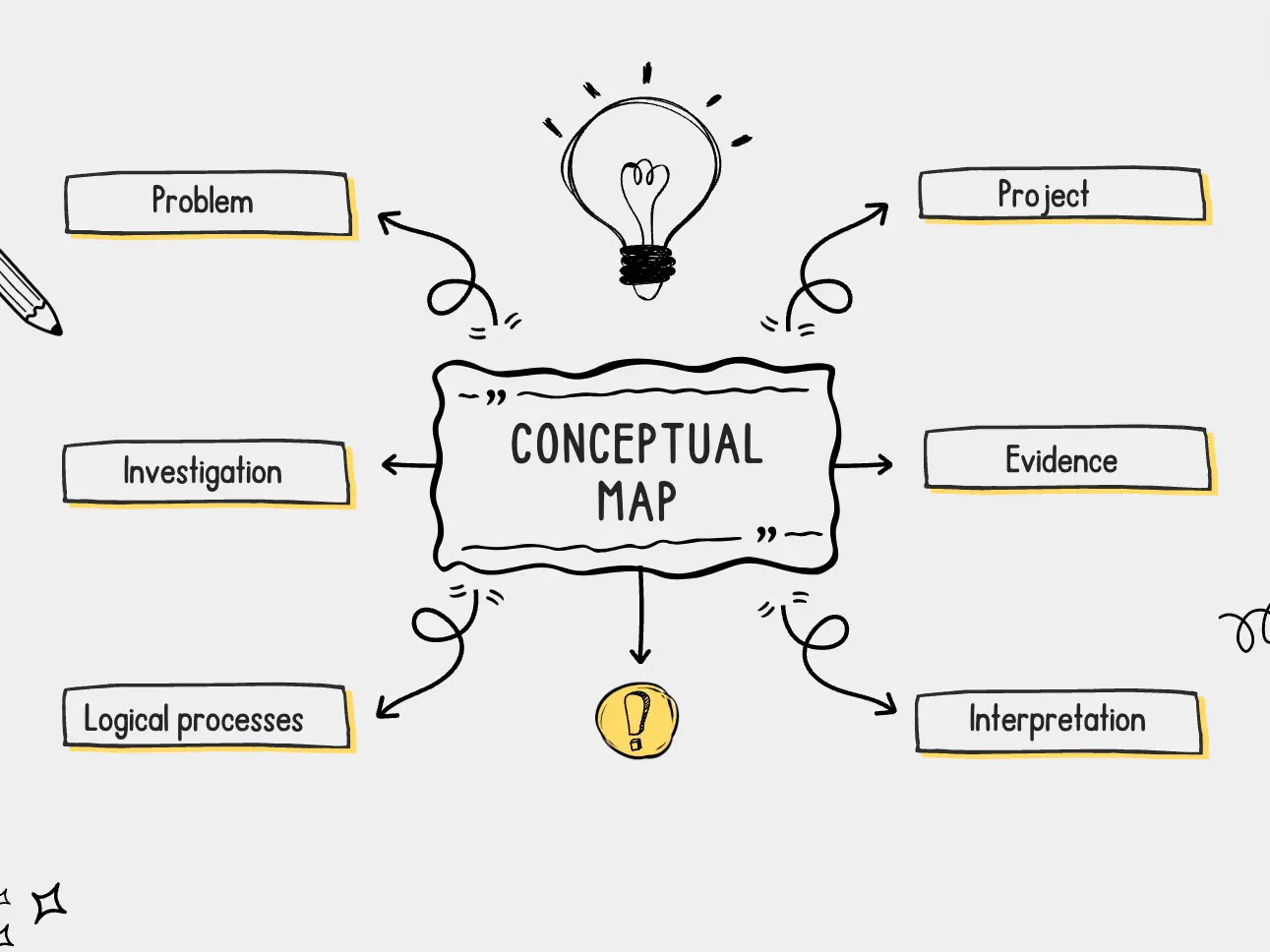
A complete guide to creating effective and visually appealing concept maps with expert tips.
Education Consultant
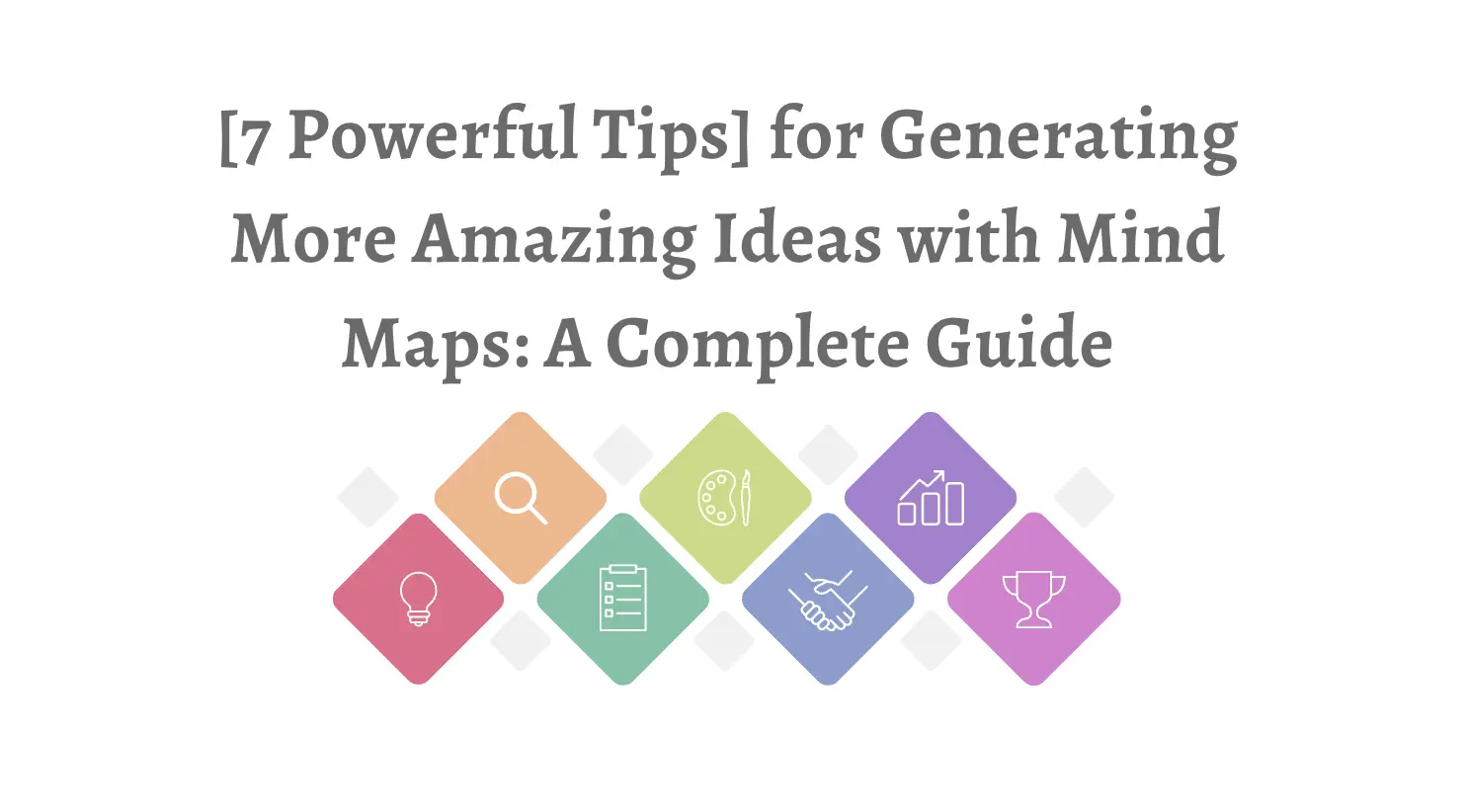
Discover seven powerful tips to unlock your creative potential using mind maps, enhancing your ability to generate amazing ideas.
Education Consultant